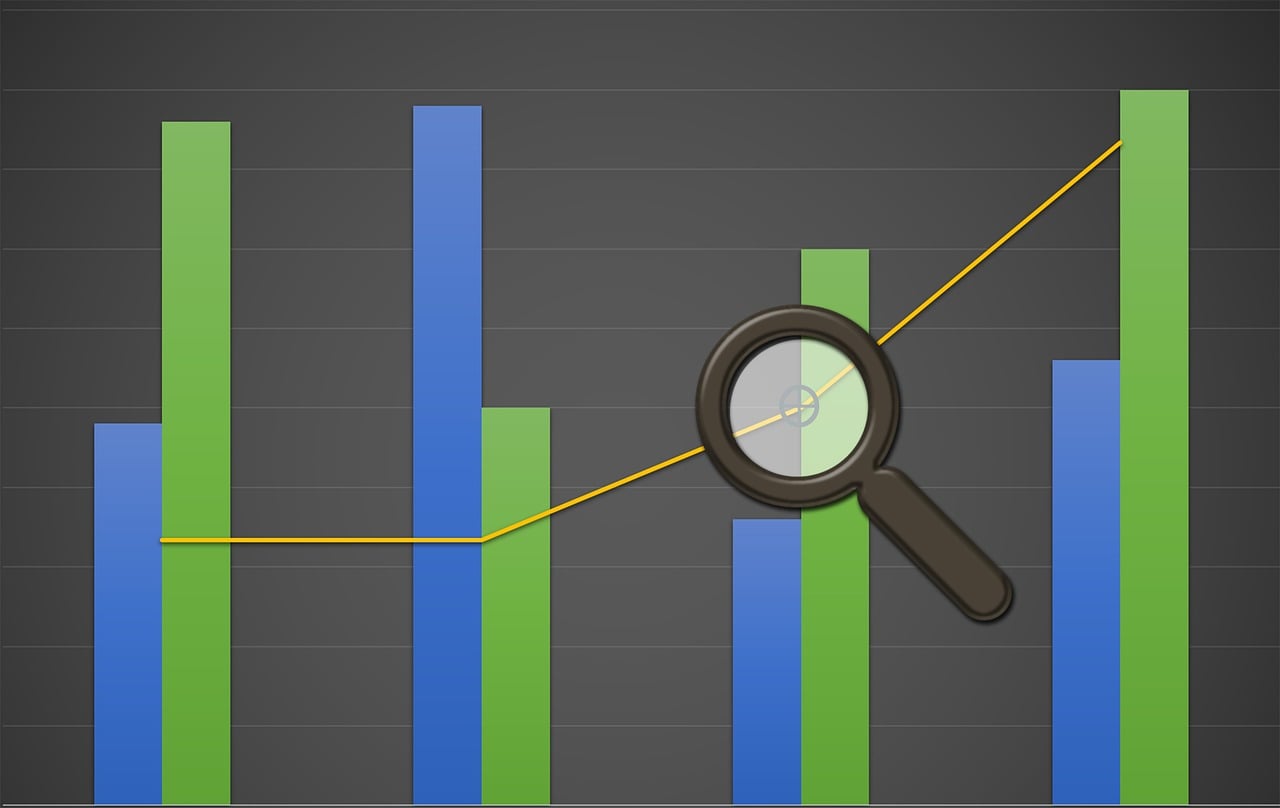Buy-and-Holders play a “heads I win, tails you lose,” game. They accept credit for stock gains caused by irrational exuberance but blame a bad economy for the losses that inevitably follow.
Stock prices have been returning to fair-value CAPE levels (16 or so) for as far back as we have good records of stock prices. There is nothing magic about the fair-value CAPE level of 16. It is possible that in the future the fair-value CAPE level will be 15 or 17. But, when the CAPE level travels too far from 16 in either direction, it’s a good sign that investor emotionalism is playing a big role in the setting of prices.
Buy-and-Holders don’t let it bother them. They celebrate CAPE levels of 20 and of 25 and of 30 and even of 35 and 40 and 45. And they cite the temporary gains that investors are enjoying when prices reach those levels as the reward received by those sticking to a Buy-and-Hold approach. They advocate price indifference and then they brag that price indifference has provided a payoff.
Market valuations and price indifference
That’s fair enough, in a way. Most investors enjoy the returns that are rooted in irrational exuberance as much as they enjoy the returns that are rooted in economic realities. The phony gains are a strong selling point. So I don’t find it shocking that Buy-and-Holders take credit for them when they appear.
But I cannot say that I don’t find it annoying when the gains disappear and the investors who were counting on them to finance their retirements wonder where they went and the Buy-and-Holders point the finger at that big, bad economy. Gains that are greater than those supported by economic growth are real, according to the Buy-and-Holders. But the losses that inevitably follow a time when irrational exuberance gets out of control are not the fault of the strategy that counsels price indifference at all times. They are the fault of a failing economy!
This I do not buy. There is a saying that, for something to be science, it must be falsifiable. Tautologies are not science. But and-Hold is a tautology. When stock prices zoon, it’s because of the great strategy. When prices collapse, it’s something else that is at fault. The price indifference that caused the zooming is not connected with the collapsing that has followed it every single time in which it has appeared. Buy-and-Hold is not falsifiable. According to the strategy’s advocates, it can never do harm. When investors are horrified by the numbers on their portfolio statement, it is not the strategy that is to blame.
Buy and hold and volatile markets
Buy-and-Holders are right that stock prices always go up in the long run. That’s the strong point in their argument. If they argued that investors should generally favor stocks over other asset classes, I could buy that. I am troubled, though, by the claim that there is no price at which stocks can be said to offer a poor value proposition. That one just doesn’t pass the smell test. There has to be some price at which stocks are not worth buying and the smart investor should want to identify that price before buying any stocks (so that he will know when to stop buying). A policy of outright price indifference sooner or later leads to a time when prices reach the crazy levels that have applied in recent years. And then you see those collapses that hurt everyone.
I don’t think that it is the economy that is to blame for those collapses. I think it is the investment strategy that is rooted in the idea that price doesn’t matter. Additionally, I see that as a dangerous idea that passes as non-dangerous for long periods of time but that then reveals itself as terribly dangerous after most investors have stopped worrying that price indifference might not be so hot an idea in the long run.
Rob’s bio is here.






